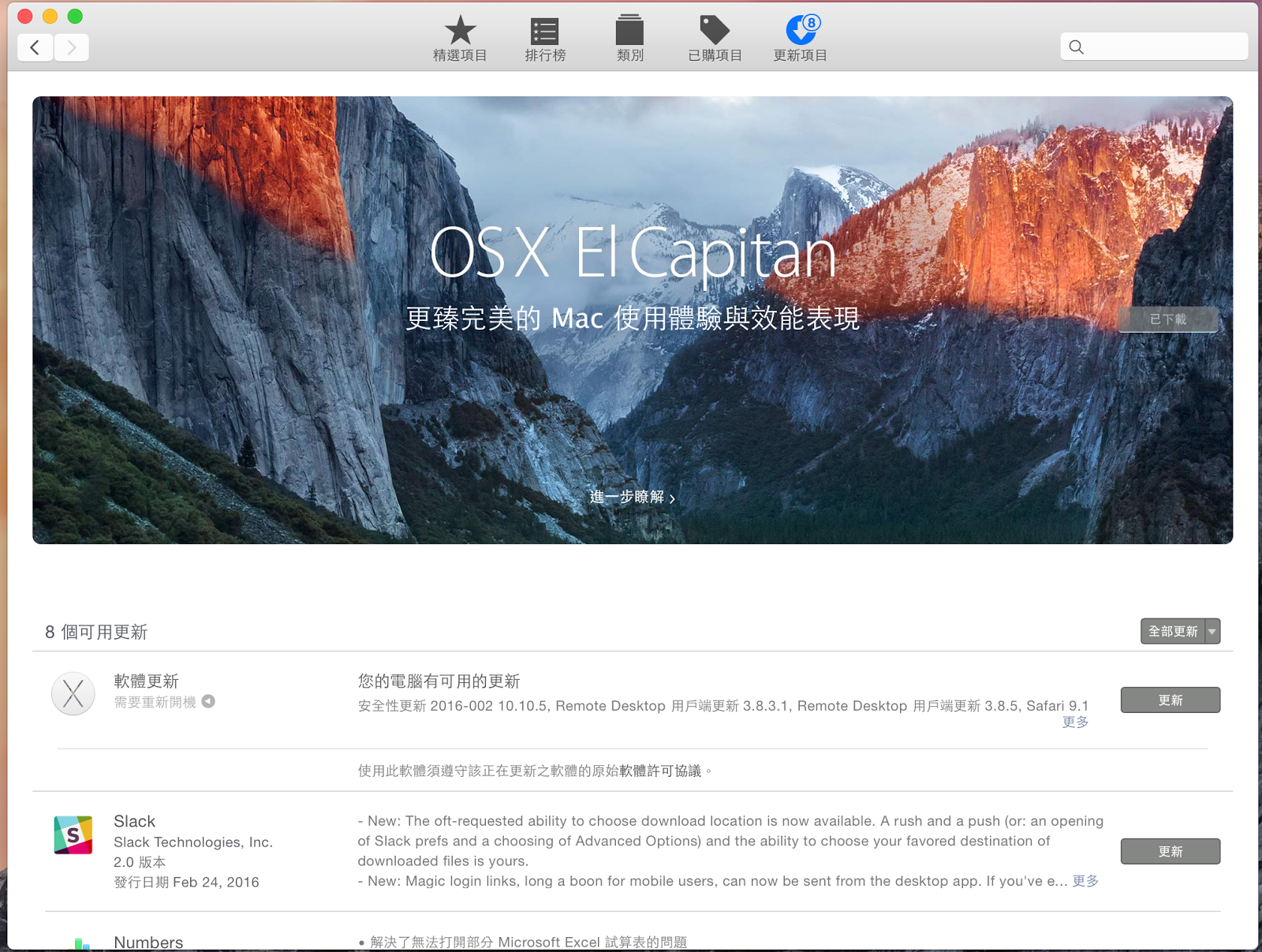
- #El capitan dmg iso mac os#
- #El capitan dmg iso install#
- #El capitan dmg iso password#
- #El capitan dmg iso download#
- #El capitan dmg iso mac#
#El capitan dmg iso mac#
The procedure can take as little as a couple minutes, or as long as 20 to 30 minutes, depending on how fast your Mac can copy data to the destination drive.

Making disk bootable… Copying boot files… Copy complete. You also see a list of the program’s tasks as they occur: Copying installer files to disk… Copy complete. The Terminal window displays createinstallmedia’s progress as a textual representation of a progress bar: Erasing Disk: 0%… 10 percent…20 percent… and so on. If you don’t see this message, you’re already set. If you wish to continue type (Y) then press return:” If so, type the letter Y and then press Return. You may see the message “To continue we need to erase the disk at /Volumes/Untitled.
#El capitan dmg iso password#

Paste the copied command into Terminal and press Return.
#El capitan dmg iso install#
#El capitan dmg iso mac os#
Your drive must be formatted as a Mac OS Extended (Journaled) volume with a GUID Partition Table. This can be a hard drive, a solid-state drive (SSD), a thumb drive, or a USB stick-an 8GB thumb drive is perfect. To create a bootable El Capitan installer drive, you need the El Capitan installer from the Mac App Store and a Mac-formatted drive that’s big enough to hold the installer and all its data. And if your Mac is experiencing problems, a bootable installer drive makes a handy emergency disk.

If you want to erase the drive on a Mac before installing El Capitan, or start over at any time, you can use a dedicated installer drive to boot that Mac, erase its drive, and then install the OS (and subsequently restore whatever data you need from your backups). If you need to install El Capitan on multiple Macs, using a bootable installer drive is faster and more convenient than downloading or copying the entire installer to each computer.

In other words, you no longer have the same safety net or convenience.īecause of this, I recommend creating your own bootable El Capitan (OS X 10.11) installer drive on an external hard drive or USB thumb drive.
#El capitan dmg iso download#
But to install or reinstall a recent version of OS X, you must either download a non-bootable installer from the Mac App Store or (via OS X’s invisible, bootable recovery partition) download 6GB of installer data from Apple’s servers during the installation process. When OS X shipped on a DVD a good number of years ago, you always had the convenience of a bootable installer-an OS X installer that could be used to boot your Mac if its own drive was having problems.


 0 kommentar(er)
0 kommentar(er)
